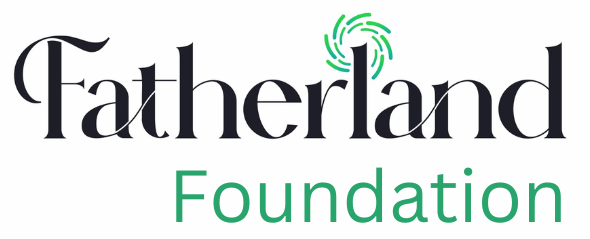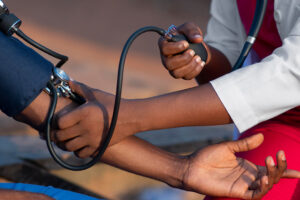Africa’s contribution to the worldwide research Literature.
African science in international journals
General developments and trends
Africa’s long-term publication output trends indicate that its contribution to global knowledge production has slipped slightly during the 1990s. Sub-Saharan Africa has fallen behind quite dramatically; from a 1% share in 1987 to 0.7% in 1996, with no sign of recovery (Figure 1). Africa has lost 11% of its share in global science since its peak in 1987; Sub-Saharan science has lost almost a third (31%).7 One of the main reasons
for this decline is the lack the resources in many African countries, and the willingness to invest in infrastructure and modern equipment in order to retain workers at universities, research laboratories and health institutions. Many researchers suffer from poor working environments, low pay, a lack of equipment and career prospects, which are damaging morale among African researchers and encouraging people to migrate to industrialized nations.
It is important to keep in mind that these diminishing shares of African science donot reflect a decrease in an absolute sense, but rather an increase less than the worldwide growth rate. During the last 15 years, African output has in fact risen by 38%, up to some 46,000 articles in 2001–2004. The countries in Northern African –Egypt and the Maghreb countries (Algeria, Mauritania, Libya, Morocco and Tunisia) – accounted for the modest growth of the African share of the worldwide output during the years 1998–2002.
Another explanation for the very significant decline of Sub-Saharan publication output is the removal of African journals from the Citation Indexes; for example, the number of South African journals dropped from 35 to 19 during the years 1993–2004.
When examining African science, especially in the less developed countries, one obviously needs to take into account the role of international scientific cooperation. By using the author addresses listed in the bylines of research articles, one can identify countries and organizations where the authors were employed at the time when the research was done and/or the article was written. Institutionally co-authored research articles co-publications are useful and tangible proxies of research involving African scientists and scholars.8 These co-publications can be used to systematically gauge patterns of scientific cooperation within and between institutes and countries. Three mutually exclusive categories of articles are discerned: (a) international cooperation – two or more different countries, including at least one African country, are listed in the author addresses; (b) domestic cooperation – one African country with two or more different ‘main organizations’9; (c) ‘single institute’ papers – i.e. only one African country and one main organization mentioned.






